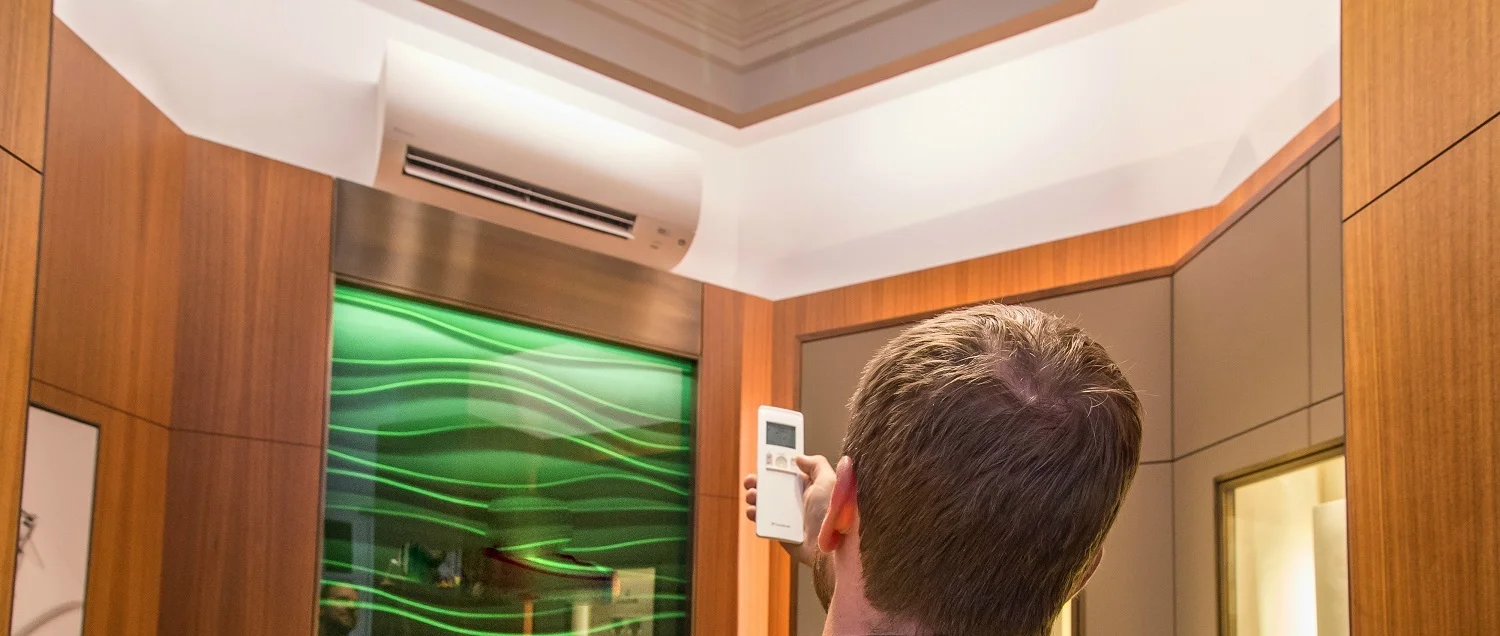7 ways to create the right in-door temperature this winter
/Over the last couple of weeks we have seen the last of the warm summer sun and there is most definitely a chill in the air now! You will now be looking to turn the heating up, while trying to keep the costs down and your customers and visitors comfortable.
Regulating temperatures in large areas such as commercial, leisure or retail premises involves many factors that Building and Facilities Managers need to keep in mind. Unlike smaller buildings and dwellings, large spaces with multiple levels require more acute temperature control. The fluctuation in concentration of people during the course of the day also plays a factor in how you keep temperatures at consistently acceptable levels.
This blog covers some of the most effective measures you can put in place to ensure that you get your indoor climate just right - and keep it that way.
Optimising indoor climates
HVAC systems that are regularly serviced can run at peak levels over long periods without issue, but understanding how to get optimised indoor climates during winter is key to reaping the benefits of your well-maintained HVAC system.
Variable-speed drives (VSDs). VSDs regulate the output of your HVAC systems by way of controlling your equipment’s fans and pumps. This regulation creates stable temperatures as the requirements change throughout the length of the day.
Zoning systems: These systems allow you to control the indoor climate freely from your thermostat settings. It is often the case that upstairs heating is more comfortable than downstairs due to the density of cold air. Zone systems allow you to set the indoor climate according to the requirements in specific “zones”.
Synchronise your thermostats. Large spaces such as gyms and retail outlets typically have thermostats placed in strategic areas to maintain consistent indoor climates. Synchronising your thermostats ensures consistent temperatures throughout your premises. Although not an available function in older thermostats, newer models usually come with this built-in capability.
Don’t let the heat escape. Ensure that your equipment is correctly insulated to prevent leakage of warm air. Improper insulation causes your system to overwork, leading to higher maintenance cost, insufficient energy usage, and unbalanced indoor heating.
Lock your controllers. Once you’ve discovered the optimum setting for your environment - which can take considerable time and testing - you don’t want someone to come along and change it. Ensure that you prevent this by locking your controllers once you’ve found that “sweet spot”.
Suitable ventilation. Although an important factor in reducing dampness, condensation and providing fresh air, too much ventilation can cause unwanted reduction in temperatures and cause discomfort for staff and customers. With the current pandemic, adequate ventilation is essential in buildings, so finding the optimum between air flow and warmth is crucial. (Read our blog Importance of Ventilation Maintenance | Covid 19 to find out more.)
Remote management. More advanced technology also allow Building and Facilities Managers to receive information on the status of their equipment and to regulate indoor climates remotely.
If all else fails, call your HVAC service contractor!
If you find that your equipment just doesn't seem to give you the desired temperatures, it may be that you have leaks in the system. Have your service contractor inspect the system for leaks and seal them up.
Of course, issues such as leaks and generally under performing HVAC systems can be prevented with regular maintenance and servicing.
Ensure that this winter is much cosier for your staff and customers by implementing some of the measures mentioned above.
To find out how to reduce your heating bills this winter, download our eBook - A Guide to Reducing Heating Bills.














